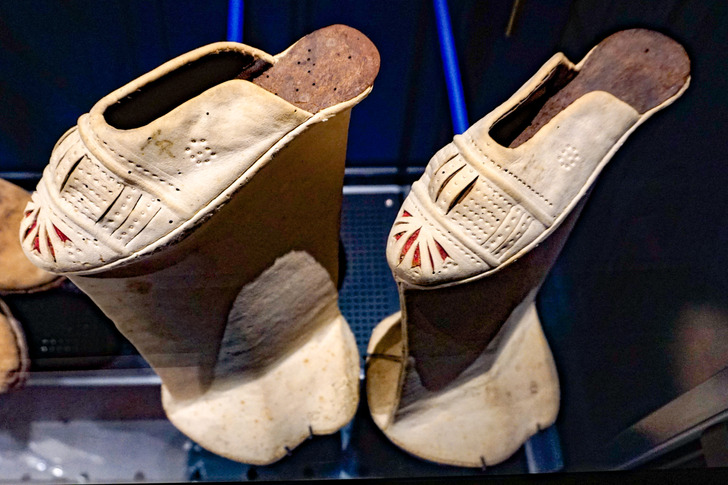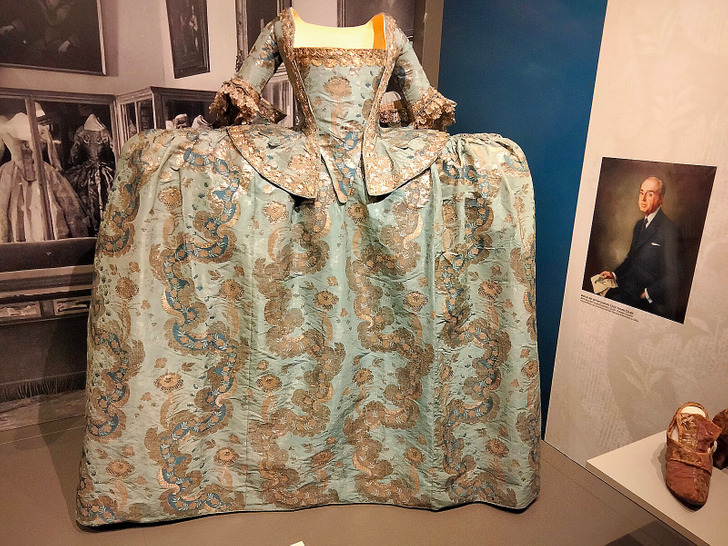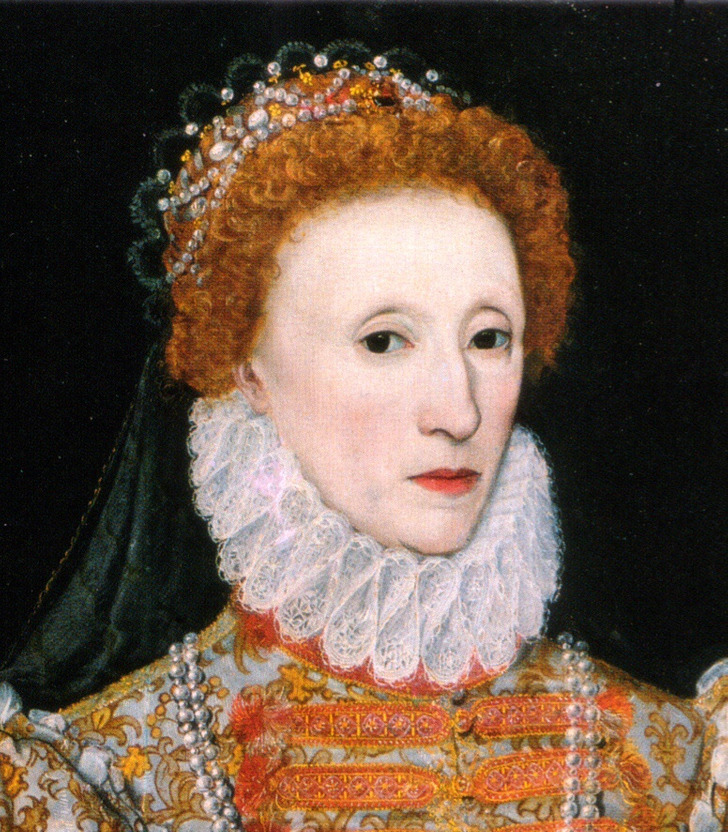Reading these stories really reminds me how tricky gift-giving can be, especially when distance is involved. One thing that’s helped me avoid awkward situations is using reliable services for online flowers delivery in Spain. For example, Petals.es has been my go-to for sending flowers or gifts to Spain, particularly around the holidays. Their timing and quality have always made the gesture feel thoughtful rather than rushed. When you want Christmas gifts to Spain or just a simple floral surprise, having a trusted brand handle the details can make all the difference in leaving a positive, lasting impression.
7 Strange Fashion Trends From the Past That Actually Made Waves
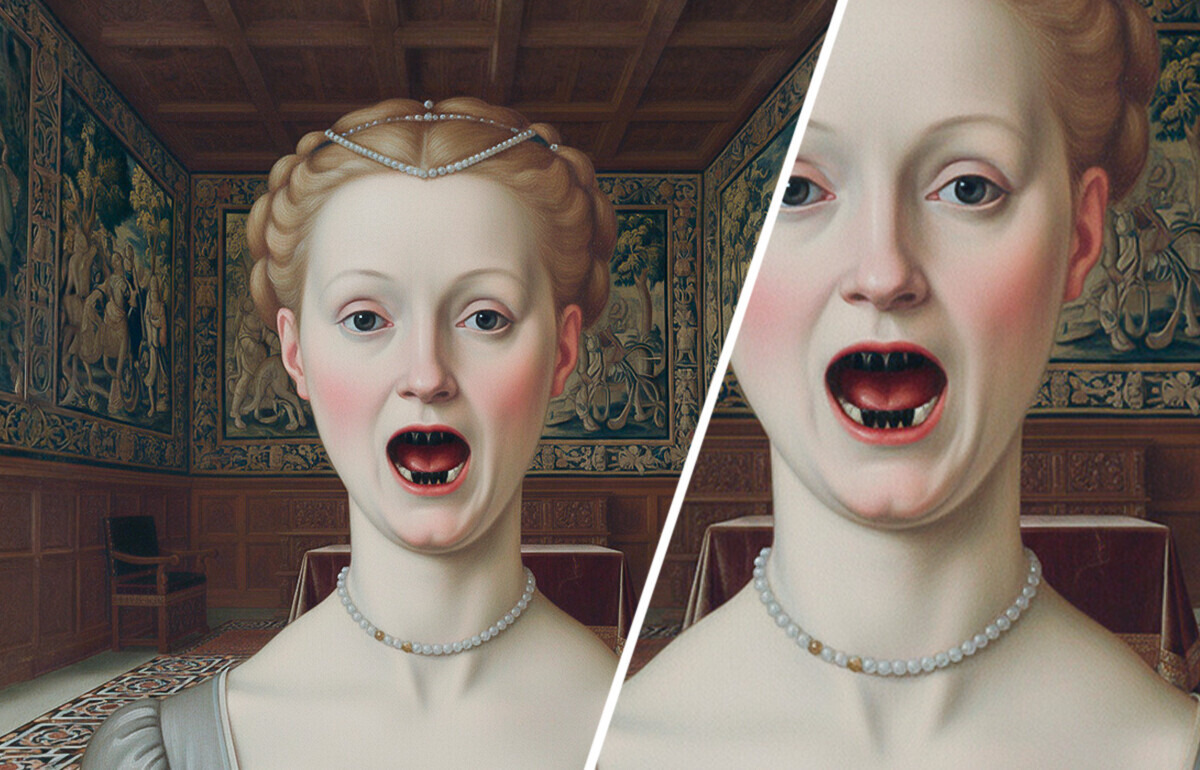
1. Giant hats.

In the 1960s, big, bold hats were all the rage. Women wore wide-brimmed and tall-crowned styles that really stood out, especially when paired with the decade’s iconic bouffant hairstyles. These weren’t just any hats: they were meant to make a statement and add a touch of drama to an outfit.
At the same time, the way people wore hats started to change. While fancy, oversized hats were still popular for special occasions, everyday headwear became less common as casual styles and uncovered hair grew more accepted. The giant hats of the ’60s were a fun mix of fashion and flair, showing off the era’s playful and daring sense of style.
2. Chopine.

Chopines were a type of platform shoe that women wore in the 15th, 16th, and 17th centuries, mainly to protect their shoes and dresses from mud and dirt. In Venice, both courtesans and wealthy women embraced chopines as a fashion statement, not just for practicality.
The taller the chopine, the higher the social status of the wearer, with some reaching over 20 inches high. Despite many challenges to limit their height, women often ignored these rules, and the extreme elevation even became a source of humor (Shakespeare joked about it in Hamlet).
Chopines were usually made from wood or cork and covered with luxurious materials like leather, brocade, or jewel-embroidered velvet, sometimes matching the wearer’s outfit. Wearing them could be tricky; some women needed two servants to walk safely, though experienced wearers could move gracefully and even dance.
Spanish chopines, which may have inspired the trend, were typically conical and symmetric, while Venetian ones were more elaborately carved. Both styles could be highly decorated, making them a striking mix of practicality, status symbol, and fashion extravagance.
3. Lover’s eye.

Lover’s eye jewelry became a trend in England during the late 1700s and 1800s, and it was exactly what it sounds like: a tiny painting of just one eye. Artists painted the eye on a small piece of ivory or canvas, and the miniature was then set into a pendant, brooch, or ring. It was intimate, dramatic, and a little mysterious, almost like someone slipped a secret into a piece of fine jewelry.
People exchanged these pieces as tokens of devotion, especially couples who weren’t supposed to be together or had to keep their relationship quiet. Since only the eye was shown, no one could easily identify the person being admired. It let lovers carry each other close while still keeping the whole thing private, turning a single glance into a hidden promise.
4. Black teeth.
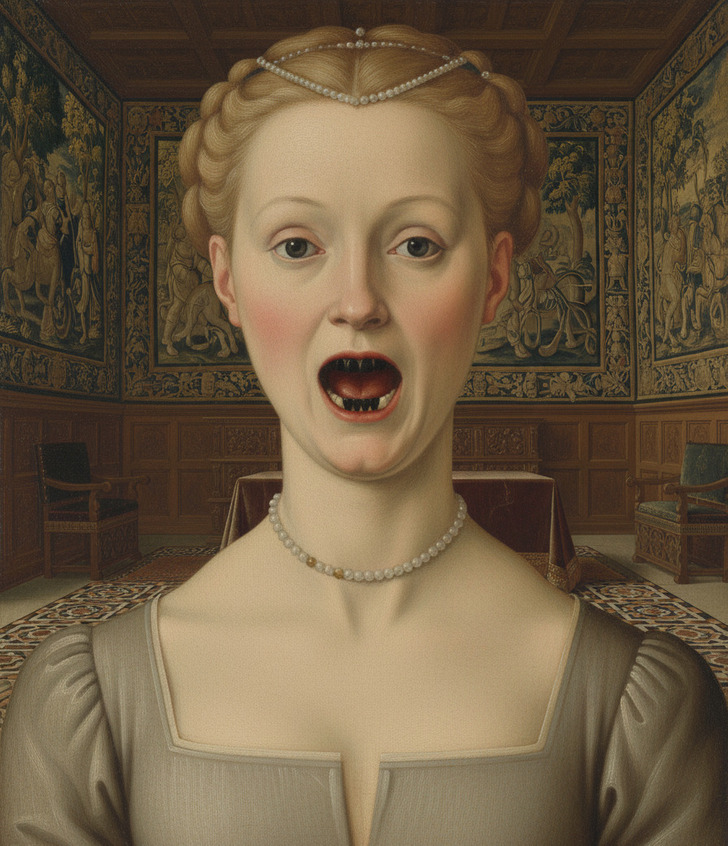
During the Elizabethan era, having blackened teeth was surprisingly seen as stylish. Since sugar was expensive, people with dark or decayed teeth were viewed as wealthy enough to afford lots of sweets. Nobles even took it a step further by coating their teeth with mixtures made of lead, eggs, or other toxic ingredients to get that dark, fashionable look on purpose. It was less about hygiene and more about showing off status.
Queen Elizabeth I herself helped push the trend even further. Her heavy sugar habit darkened her teeth naturally, and she sometimes used old, rancid honey on her gums to deepen the effect. The whole idea was to mimic the “wealthy smile” of the time, even if it meant ruining your teeth in the process. It’s one of those beauty trends that proves fashion can get pretty wild when people really commit to it.
5. Hoop skirt.
By the 1850s, hoop skirts had grown to dramatic, almost unbelievable proportions. These skirts were shaped by large cages made of whalebone or steel, creating a wide circular silhouette that sometimes stretched up to six feet across. The look was considered elegant and grand, a walking sculpture of fabric that showed off wealth and style in a big way.
But wearing one wasn’t exactly easy. The sheer size made everyday movement a challenge, and women often got stuck in doorways or knocked things over without meaning to. A strong gust of wind could even flip the skirt upward, creating a very unwanted show. Still, many women embraced the discomfort, treating the hoop skirt as the ultimate fashion statement of the era: big, bold, and impossible to ignore.
6. Tudor ruffs.
One of the wildest fashion choices of the Tudor era was the oversized ruff collar. These giant, starched circles of fabric framed the face like a frilly halo, and they just kept getting bigger as the trend took off. Some were so heavy and stiff that women needed maids to help keep them in place. Wearing one wasn’t just a statement, it was practically a workout.
As ruffs grew more extreme, they started causing all kinds of problems. They blocked side vision, made turning the neck nearly impossible, and even led to the invention of chin rests, so people could hold their heads up. Today they look almost cartoonish, but back then, the bigger the ruff, the higher the status. It was fashion pushed to the edge, proudly ridiculous and impossible to ignore.
7. Hairwork.
Hair work jewelry became a meaningful trend during the Victorian era, when people often wore brooches, bracelets, and necklaces made from the hair of someone they loved. It could be a spouse, a child, a parent, or anyone close to them. The pieces were carefully braided, woven, or shaped into intricate designs, turning something personal into a keepsake you could carry every day.
These pieces also played a big role in mourning traditions. People used them to honor someone who had passed away or to mark important moments in history, like Queen Victoria’s coronation in 1838. For Victorians, hair wasn’t just a physical reminder of a person; it was a way to keep their memory alive, wrapped into something both sentimental and wearable.
Comments
Related Reads
16 First Dates So Bad, They Should Be Turned Into a Comedy Movie

Mom Decided to Exclude Me From the Inheritance—So I Exposed My Brother’s Secret

I Refuse to Leave Inheritance to a Family That Treats Me Like a Cash Cow
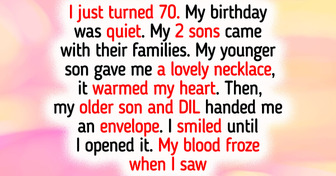
13 Times Life Took an Unexpected Turn — and Nothing Was the Same Again
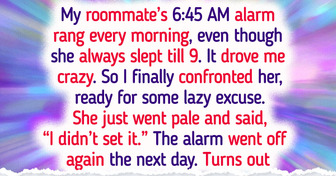
I Told My Stepson He Can’t Join Our Family Vacation—My Kids Deserve a Drama-Free Trip

My Sister Forbade My Wheelchair at Her Wedding—She Wasn’t Ready for My Payback

My Husband Made Me Care for His Sick Mother, So I Served a Payback He Won’t Forget

I Refused to Trust My Stepson After His Lies—He’s No Longer Welcome in My House

I Told My SIL to Leave My Birthday After She Cut My Cake—Now My Whole Family Is Punishing Me

I Finally Drew the Line With My Arrogant Son-in-law—He’s Not Welcome on Our Vacation
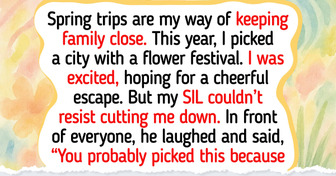
I Refuse to Let the Former Owner Get Married in My Backyard—My Kindness Stops Here
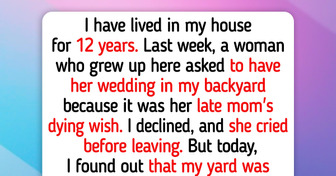
12 Stories That Show Kindness Is Not Weak—It’s Quiet Power

